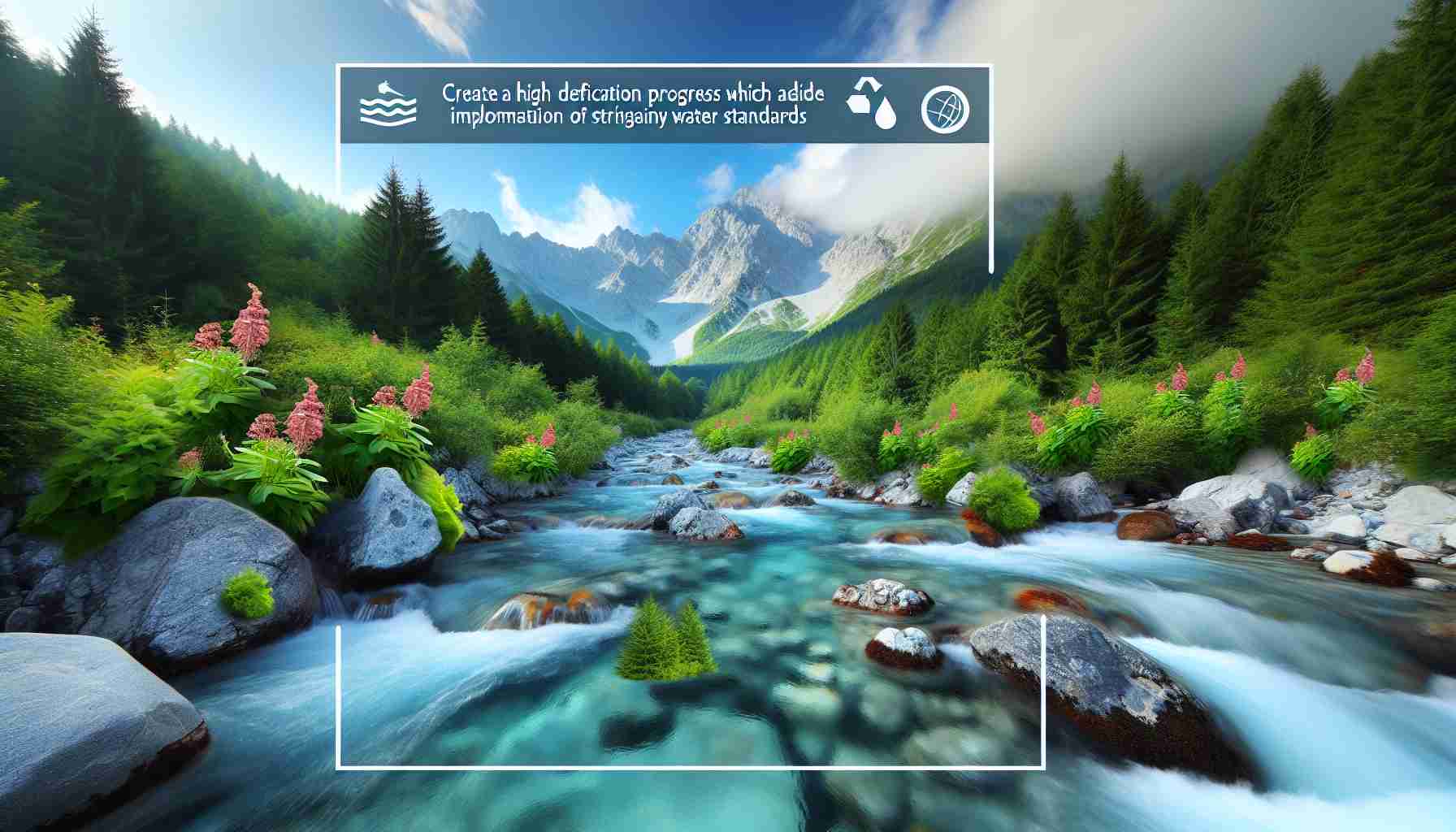- The Shizuoka Prefecture convened discussions to address the impact of construction on the Oi River’s ecosystem.
- JR Central is revising its standards, committing to stricter management of water turbidity during tunnel excavations.
- Enhanced measures include the installation of advanced sediment treatment plants and sand filtration systems to protect the river’s clarity and biodiversity.
- Participants reviewed 28 key environmental issues, reaching agreement on five while continuing dialogue on others.
- The meeting underscores a shared commitment to balancing development and environmental preservation.
- This initiative serves as a model for harmonizing innovation with nature conservation.
Within the shadow of the majestic South Alps, a critical conversation is unfolding. The Shizuoka Prefecture, stewards of a delicate ecosystem, recently convened experts to tackle the daunting challenge posed by ongoing construction projects. The focus? The pristine waters of the Oi River, which might lose their clarity due to tunnel excavation activities by JR Central.
A vivid picture emerges: metamorphosing mountain springs spill into the Oi River, potentially clouded by sediment from construction. In response, JR Central has sharpened its standards, pledging to enforce stricter management criteria for water turbidity, contrasting its previous leniency. These efforts aim to safeguard biodiversity, a testament to balancing progress with preservation.
The dialogue unfolded as participants scrutinized 28 key issues, homing in on biological diversity. Committees voiced their expectations, leading JR Central to promise not only the installation of enhanced sediment treatment plants but also the novel adoption of sand filtration systems. This method promises to sieve out minute particles, lending clarity to the waters.
Consensus, often elusive, was achieved. Five items were marked as resolved, narrowing the dialogue to collaborate further on the remaining concerns. The meeting’s resolutions echo as a commitment to dialogue and shared stewardship, setting a precedent for how development can coexist with nature.
In the heart of the South Alps, where human ambitions meet nature’s splendor, a blueprint for cooperation gleams—one that harmonizes innovation and conservation in an increasingly interconnected world.
Unlocking the Secrets of South Alps Conservation: Harmonizing Development with Nature
Overview
In the scenic heart of the South Alps, the Shizuoka Prefecture is tackling a challenging situation: balancing human development with natural preservation, specifically concerning the Oi River and the ongoing construction activities by JR Central. This initiative highlights a critical intersection of environmental protection and infrastructural progress.
Real-World Use Cases
The approach taken by Shizuoka Prefecture and JR Central serves as a model worldwide for areas where construction projects intersect with delicate ecosystems. Real-world applications could include:
– Urban Planning: Employing advanced water filtration techniques in cities to manage runoff and maintain water quality.
– Infrastructure Development: Implementing environmentally friendly construction practices that consider local biodiversity.
– Community Engagement: Building partnerships between public authorities, private companies, and the local community to foster sustainable development.
Controversies & Limitations
While JR Central’s commitment to stricter water management is commendable, potential controversies may arise:
– Efficacy of Filtration Systems: The new sand filtration systems, although promising, need extensive testing under varied conditions to ensure consistency in performance.
– Long-term Impact Analysis: Longitudinal studies are required to assess the impact of construction projects on the ecosystem and water quality over time.
Features, Specs & Pricing of Sand Filtration Systems
The sand filtration systems proposed for the Oi River by JR Central are designed to remove minute sediment particles that cloud water. Key features include:
– Efficiency: Capable of filtering out particles as small as 10 microns.
– Modular Design: Easily scalable based on river size and sediment load.
– Cost: Initial setup costs may be high, but maintenance and operational costs are relatively low, making them sustainable long-term solutions.
Security & Sustainability
The sediment treatment and sand filtration systems are not only crucial for immediate ecological preservation but also for ensuring the long-term sustainability of the Oi River ecosystem:
– Ecosystem Integrity: Supporting aquatic life by maintaining natural water clarity.
– Biodiversity Conservation: Helping protect species that rely on clear water for survival.
Pros & Cons Overview
Pros:
– Promotes environmental stewardship alongside development.
– Sets a precedent for integrating modern technology in conservation efforts.
– Encourages collaborative problem-solving among stakeholders.
Cons:
– Initial investments in advanced treatment methods can be costly.
– Requires ongoing monitoring and maintenance to ensure effective outcomes.
Actionable Recommendations
1. Community Engagement: Encourage local communities to participate in conservation efforts through workshops and educational programs.
2. Enhanced Monitoring: Establish regular environmental assessments to track the effectiveness of implemented filtration systems.
3. Adopt Best Practices: Other regions can look to Shizuoka Prefecture’s model as a benchmark for blending innovation with preservation.
Quick Tips
– For Environmentalists: Advocate for the implementation of modern filtration technologies in local water bodies to enhance water clarity.
– For Policymakers: Develop policies that incentivize sustainable construction practices.
– For Construction Companies: Invest in innovative technologies early to create long-term benefits for both business and environment.
The collaboration and innovation showcased in the heart of the South Alps highlight an emerging blueprint for harmonizing progress with nature, setting a powerful precedent for global sustainable development.
Consider exploring more about sustainable development practices and innovative urban planning solutions at United Nations Sustainable Development.
